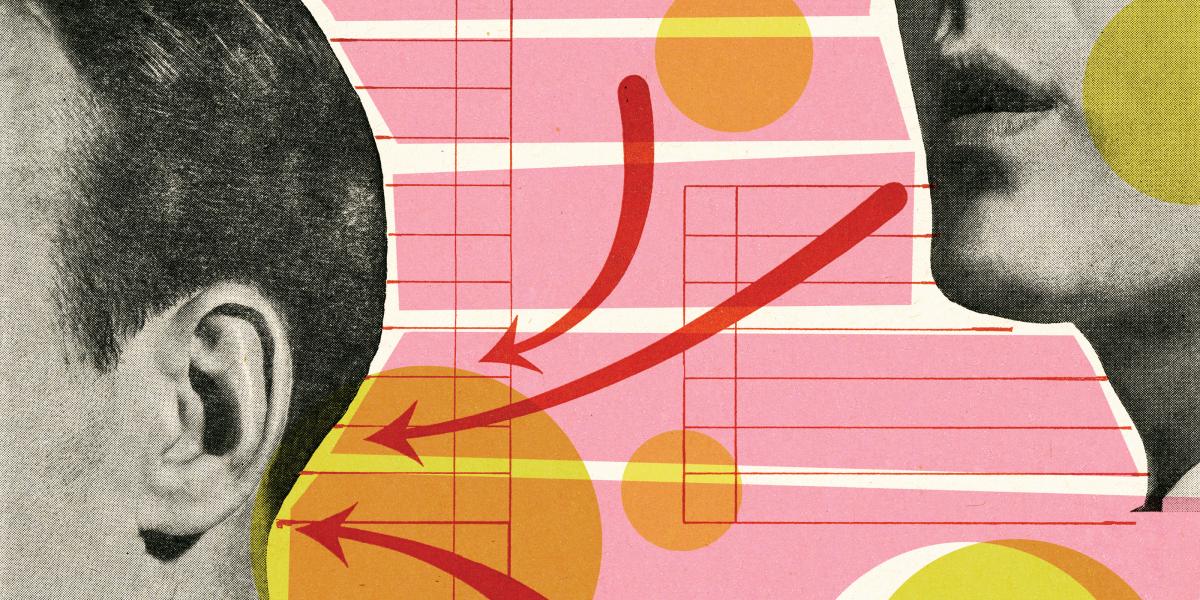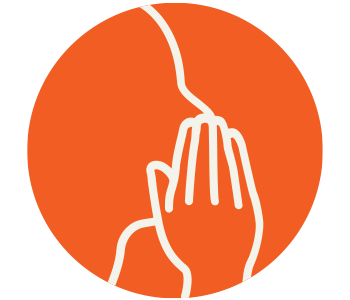The Human Factor in Disease Transmission
How rumors, travel, and politics help infectious diseases flourish.
Don’t just blame parasites, bacteria, viruses, and other pathogens. We the people have always played a major role in spreading infectious diseases—and now, in our modern world of social media and easy travel, our behaviors aid and abet disease transmission more efficiently than ever. Three Bloomberg School researchers expose some of the surprising ways that humans help diseases thrive.
Rumor Has It
Outbreaks often nurture rumors. And rumors during outbreaks can be especially dangerous—potentially prolonging disease transmission, boosting the risk of infection, and reducing trust in public health efforts.
“In an environment of uncertainty and information overload, people don’t know how to distinguish between true and false information,” says Natalie Tibbels, MSPH ’16, a monitoring officer at the Johns Hopkins Center for Communication Programs. To follow false information’s spread, CCP piloted a real-time rumor tracking system in Côte D’Ivoire during the COVID-19 pandemic.
Tibbels helped lead the program, in which community-based contributors were trained to recognize rumors about COVID-19 and to report them using WhatsApp. National hotline operators also collected rumors that were called in.
Rumors were initially sorted into categories that included prevention, modes of transmission, conspiracy theory, government response, vaccination, and case count estimates. The government’s Risk Communication Technical Working Group then prioritized rumors that were timely, reported repeatedly, and could harm people or make them likelier to contract the disease. The group then crafted messages that provided correct information and spread them through radio, posters, billboards, the government’s Facebook page, and community influencers.
The program continues in Côte D’Ivoire and now tracks a number of infectious diseases including mpox, rabies, and Ebola. “We know that strengthening capacity to respond rapidly to misinformation will remain important for health emergencies both now and to come,” said Dosso Abdul, CCP’s regional research monitoring and evaluation adviser based in Côte d’Ivoire.
Projects based on the pilot have expanded to 12 other countries’ health systems. Increasingly, the programs combine public web and social media data with offline methods to reflect more viewpoints in a community, particularly those with a large digital divide, Tibbels says. “Rumors hide in offline conversations and in the noise online, so we have to use a variety of methods to uncover them,” she says.
Hitching a Ride
Throughout history, whenever humans moved into new areas—whether by war, trade, or colonization—they carried infectious diseases with them.
Today, despite advances in medicine, infectious diseases continue to take a heavy toll in low- and middle-income countries, with emerging and re-emerging infections, including measles, Zika, Ebola, and COVID, continuing to cause high death rates. This may point to “a possible new era of infectious disease”—one “aided by global connectivity and shifted ranges owing to climate change,” according to a 2021 Nature paper.
Amy Wesolowski, PhD, an author of that paper and an assistant professor in Epidemiology, studies human movement and the spread of infectious disease. The challenge of this work, she says, is that it often requires combining data from two information tracks: “We have data and information about travel and some about the disease process, like case data and surveillance data. And then we’re trying to use different kinds of models to bring those two together.”
For example, to understand where new cases might appear, researchers might track travel from a place of higher transmission using mobile phone data; flight, bus, and other transport data; and travel surveys. In the process, the investigation may reveal where cases could be occurring but are underreported. If modeling shows where a vaccine-preventable disease outbreak could be likely, health officials could start a vaccination campaign there, she says.
Another application: Researchers can match travel data with genetically similar strains or variants in different populations to help identify where a viral variant originated.
But an ongoing challenge is that data are limited, particularly in LMICs. “We need surveillance data, travel information, demographic information, testing rates, and other kinds of useful data,” Wesolowski says. “Models are only as good as the data that they use.”
Red State, Blue State
When COVID-19 first spread across the U.S., Sara Benjamin-Neelon, like other public health experts, noted the lack of coordinated federal response and watched as states began setting their own policies. Quickly, she noticed differences that fell along party lines. Democratic governors, for example, seemed more willing to put restrictions in place. She began wondering whether these differences would be reflected in test positivity, infection, or death rates.
To answer this question, Benjamin-Neelon, PhD, JD, MPH, a professor in Health, Behavior and Society, joined a team of other researchers from Johns Hopkins and the Medical University of South Carolina. The researchers looked at the number of positive COVID-19 tests, diagnoses, and deaths for all U.S. states from March 15 to Dec. 15, 2020, and published their findings in a July 2021 American Journal of Preventive Medicine paper.
States led primarily by Democratic governors, with cities where the virus likely first entered the country, were hard hit initially. But by May 30, states with Republican governors had higher test positivity rates. By June 3, these states had higher case rates, and by July 4, higher death rates. By September 30, they had lower rates of testing than states run by Democratic governors.
“At the time that COVID hit the U.S., we were really undergoing a period of deep political division, and COVID just exacerbated that divide,” Benjamin-Neelon says. “The response to the virus got swept up in this politicization.”
Now, through a two-year NIH grant, Benjamin-Neelon and her team will quantify disparities across vulnerable communities in the U.S. to help ensure they get resources to recover from the pandemic and future threats. The researchers plan to make recommendations for county and state health departments and politicians, as well as for federal policymakers and agencies.
“There’s no single entity or government level responsible—this has to be a coordinated effort,” she says.



